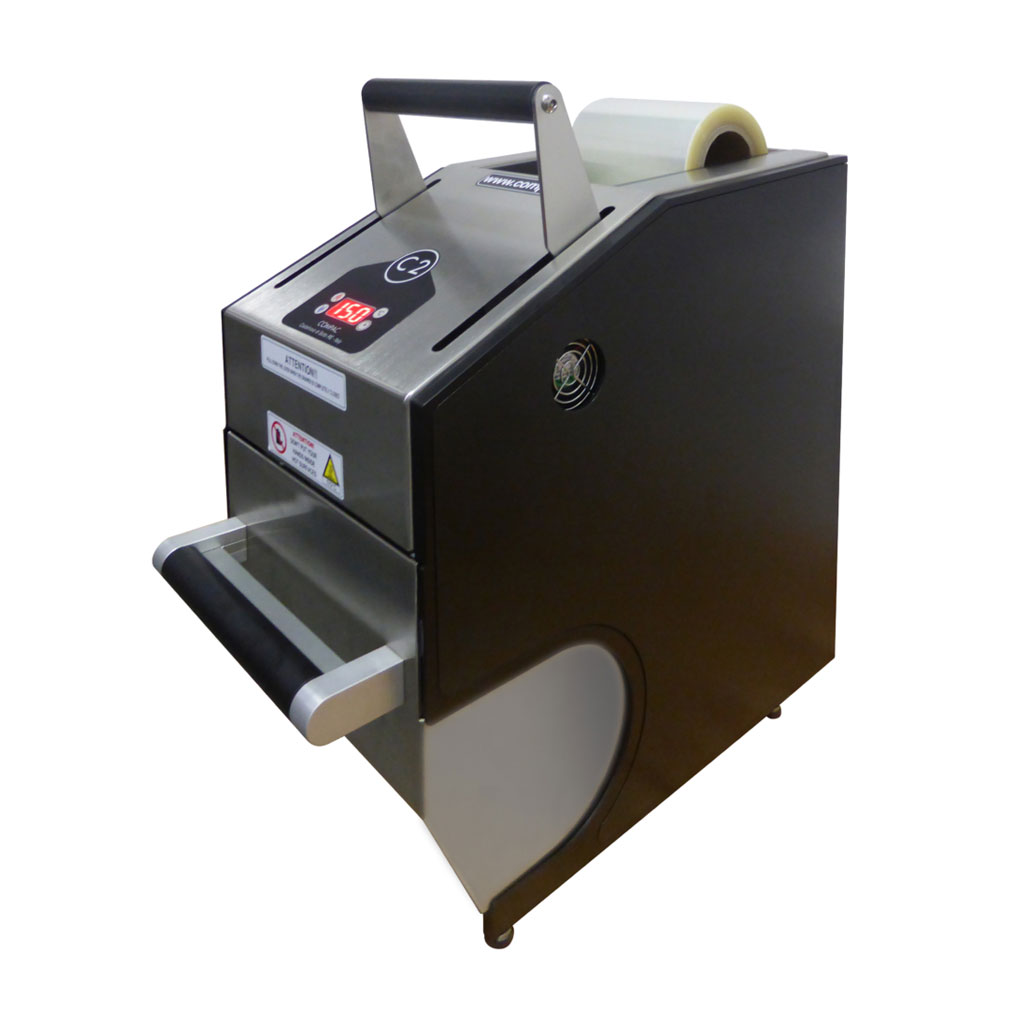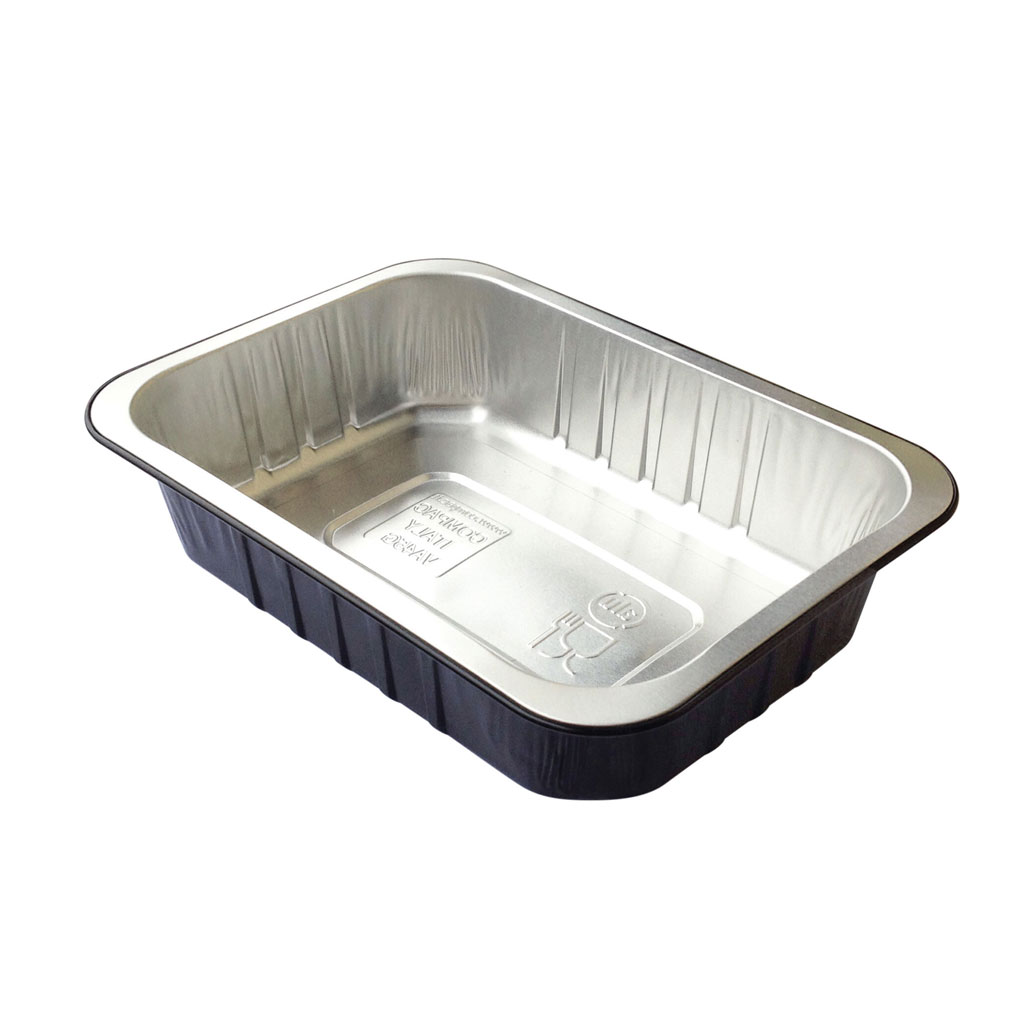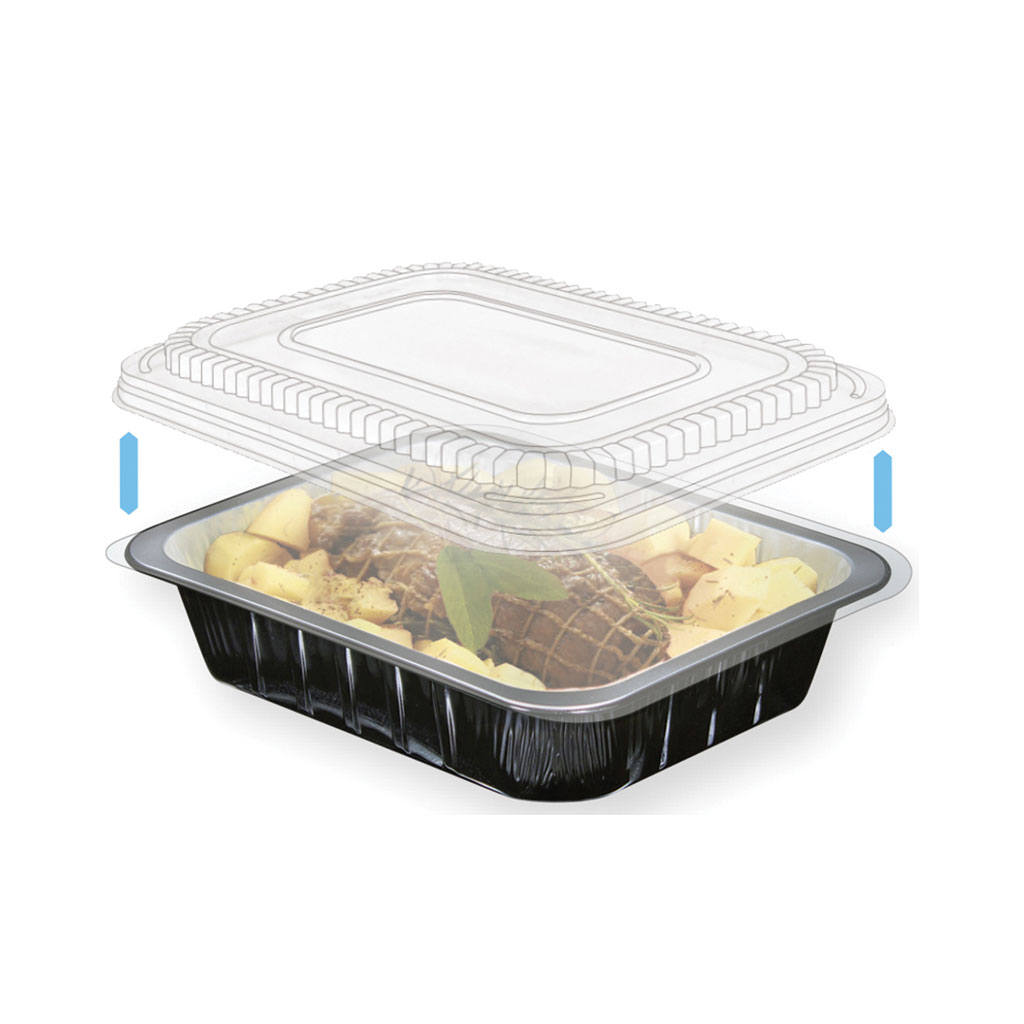FREQUENTLY ASKED QUESTIONS ABOUT THE TECHNOLOGY OF PACKAGING IN MODIFIED ATMOSPHERE
FAQs on modified atmosphere packaging (MAP)
Frequently Asked Questions
Why the mixture in the package is not as expected and measured at the time of packaging?
1) The package is not intact; a micro-hole or a defect of sealing allow the exit of the atmosphere and the air inlet.
2) The permeability of the materials constituting the packaging is too high (low barrier).
3) The product trapped air which over time has been released into the atmosphere.
4) The product interacts with the atmosphere by absorbing, dissolving or producing gas.
Why the packaging looks swollen during storage?
1) A temperature increase or a decrease in external pressure dilate the atmosphere of the pack.
2) The product produces gas.
Why the package shrinks after sealing?
1) A temperature decrease or an increase of the external pressure compresses the atmosphere of the pack.
2) The product consumes gas.
Is it necessary indicate, in the ingredients on the label, the gases that make up the atmosphere?
NO. For the quantities used and the effects carried out, it is not considered mandatory mention of gas used.
Is it obligatory indicate on the label the use of gas?
YES. The words “packed in a modified atmosphere” is mandatory.
Can be packaged any food in a modified atmosphere?
YES. They were repealed all limitations existing.
What is the minimum percentage of carbon dioxide to inhibit microbial growth?
It depends by many factors (humidity, type of food, microorganism, temperature, acidity, etc.); generally you can be considered the minimum threshold of 20%.
What is the maximum percentage of oxygen tolerable?
It depends by many factors (humidity, type of food, microorganism, temperature, acidity, etc.); generally can be considered the upper limit of 0.5%.
Does exists a type of products that are better suited to be packaged into a modified atmosphere?
That of fresh / perishable food products.
Which modified atmosphere do i use for the product x?
The literature provides many indications in this regard. The gas suppliers, materials and packaging machines are able to suggest the most common atmospheres. However it is always advisable to do some preliminary tests.
How much increases the shelf life of the product?
It depends by many factors and is therefore different from food to food. Up to 2-3 times.
How do you keep the products in modified atmosphere?
Like those in the air. However, the effectiveness in controlling the microflora of the atmosphere is always greater at refrigeration temperatures (0 to 6 ° C).
Are required special equipment and / or personnel?
YES. The packaging machines are of different types and devices are needed for the gas supply and for control of the operation. Staff should be aware of the characteristics of the technology.
How can you reduce the residual oxygen?
1) Increasing the speed of flow of the atmosphere introduced.
2) Increasing the volume of gas around the food.



